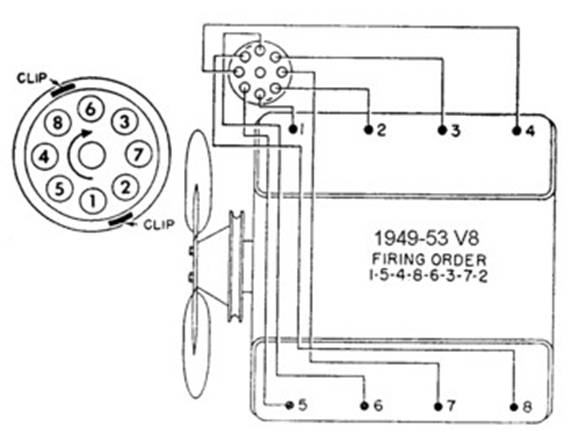I meant the old firing order had good reliability at the designed max power output of about 375-400 hp for the classic small block, not so much for just low performance tunes. Although the LS does seem to have a higher maximum design power output, displacement and good reliability.
You have to consider a lot of other things changed that affected durability besides the firing order and classic smallblocks can run up to about the same milage in fuel injected trim with modern oil and unleaded gas.
I'm not saying the revised firing order doesn't contribute to bearing durability especially out high output. But I think something like priority main oiling system could be a bigger factor.
I guess I would go back to my original point that it could be engine specific. A high specific output per liter engine with an aluminum cylinder case and maybe not having an as over built bottom end like some of the classic V8s could suffer more wear with the old firing order. Changing the firing order on a given engine may reduce bearing wear, but how much if any depends on how far on the ragged edge the engine was to begin with I think.
I really don't know that much about BMW V8s but my guess is if they have problems then it's due to bad design and the firing order is the only part of the issue.
You have to consider a lot of other things changed that affected durability besides the firing order and classic smallblocks can run up to about the same milage in fuel injected trim with modern oil and unleaded gas.
I'm not saying the revised firing order doesn't contribute to bearing durability especially out high output. But I think something like priority main oiling system could be a bigger factor.
I guess I would go back to my original point that it could be engine specific. A high specific output per liter engine with an aluminum cylinder case and maybe not having an as over built bottom end like some of the classic V8s could suffer more wear with the old firing order. Changing the firing order on a given engine may reduce bearing wear, but how much if any depends on how far on the ragged edge the engine was to begin with I think.
I really don't know that much about BMW V8s but my guess is if they have problems then it's due to bad design and the firing order is the only part of the issue.






